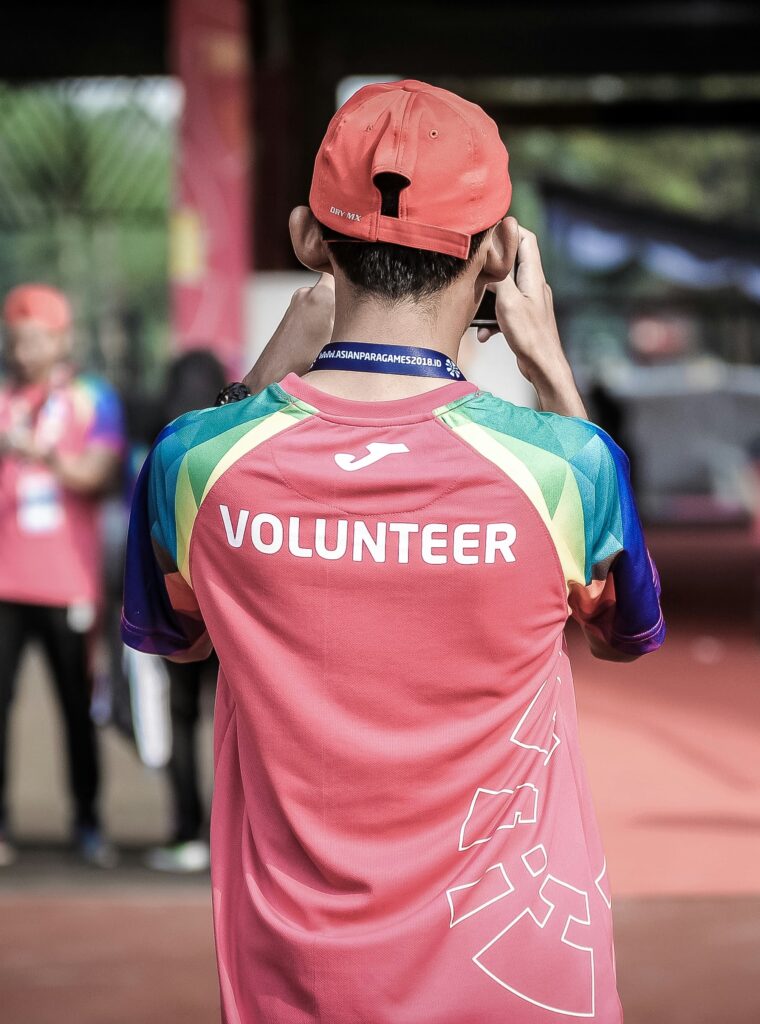I recently passed my Danish B2 test with the highest grades, and I feel proud of myself. But beyond the test score, what I truly value is that speaking Danish has allowed me to participate more actively in cultural events, neighborhood meetings, conferences, and to better understand official paperwork and processes.
Today, I want to share with you what I’ve done to gain confidence in speaking Danish.
Listen! Listen! Listen!
From day one in Denmark, I’ve been listening to podcasts in Danish to train my ears. In the beginning, I didn’t understand anything, but my ears were getting used to the rhythm and sounds of the language.
When I started language school, I began to understand the podcasts, and I was surprised at how quickly I could follow entire episodes.
The first podcast I listened to was Dansk i ørene, which is amazing for beginners because it has a slow pace and clear pronunciation.
Later on, I moved on to DR podcasts (I downloaded the free app), where you can find podcasts on a wide variety of topics. My favorites are Brinkmanns Briks (a psychology podcast) and Djævlen i detaljen (true crime).
Read a lot!
Read the texts you get from your language school. Read them again at home—ideally more than once—until you understand every word.
Find other texts at a similar level so you can keep practicing the vocabulary you’ve learned while exploring different topics.
Once you have a solid vocabulary (around Modul 3), try reading in Danish a book you enjoyed in your native language. Since you already know the plot, you’ll avoid the frustration of missing important parts and be able to focus on expanding your vocabulary.
Use the library
Public libraries have a section called Lette bøger, where you can find books with simple vocabulary. The best part? Many of these books come with an accompanying audio file, which is very useful for learning pronunciation.
My advice? Read the text first. Make sure you understand it completely. Then, read it again while listening to the audio.
Speak Danish whenever you can
I know it might be easier to speak English, but try ordering your coffee or replying to the cashier at the supermarket in Danish. Start doing this as soon as you have enough vocabulary (around the end of Modul 1). Even if your pronunciation isn’t perfect, even if they ask you to repeat, even if you switch to English after running out of Danish words—just give it a try.
Another tip: attend as many Language Exchange events as possible. I go to a biweekly Danish-Spanish Language Exchange organized by Mellemamerika Komiteen (in Aarhus and Copenhagen), and I know there’s another one at Tir na nÓg (also in Aarhus).
Yet another tip: find a tandem partner. Use Facebook or other social media to connect with Danes who are learning your language, and meet up whenever you can. It can be a short meeting where you speak 20 minutes in your language and 20 minutes in Danish. (I’ll soon write an article with advice for Language Tandem meetings.)
My favorite tip: Volunteer!
Find an organization whose mission resonates with you and that communicates in Danish, and volunteer there. Attending meetings, organizing events, and communicating with other volunteers will definitely challenge you to use all the Danish you’ve learned—and you’ll learn a lot more in the process.
I began volunteering at the end of Modul 3 with two organizations: Mellemamerika Komiteen and REDI School. The experience was challenging, but when I took my Modul 4 test, my Danish teachers were impressed by the fluency I had gained in just six months.
Last but not least: Use all the resources at your disposal
I know there aren’t as many resources for learning Danish as there are for English, but there are still plenty of free tools you can use:
- Watch films, documentaries, and news on DR
- Read Wikipedia in Danish
- Subscribe to the daily newsletter from newspapers like Politiken
- Take the free lessons on Swap Language
If you have any tips you think should be added to this list, please feel free to contact me so I can include them and share them with other Danish learners. We’re in this together!



